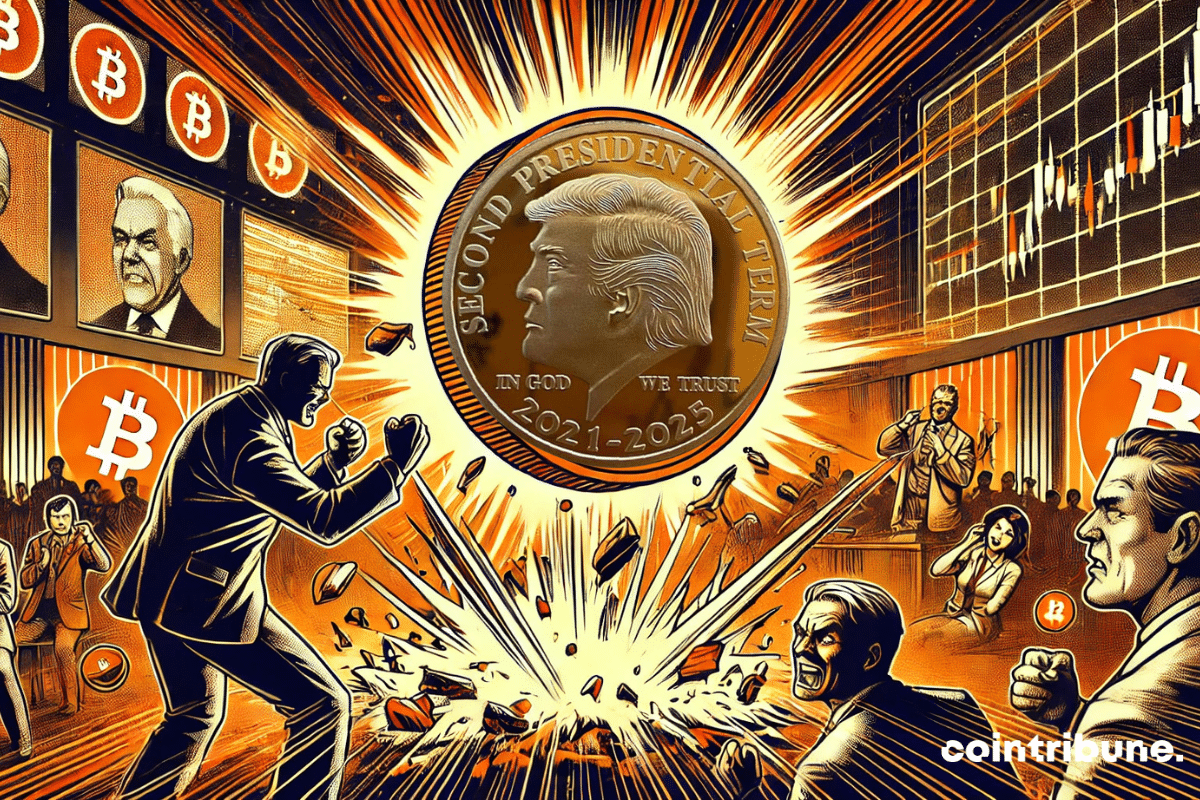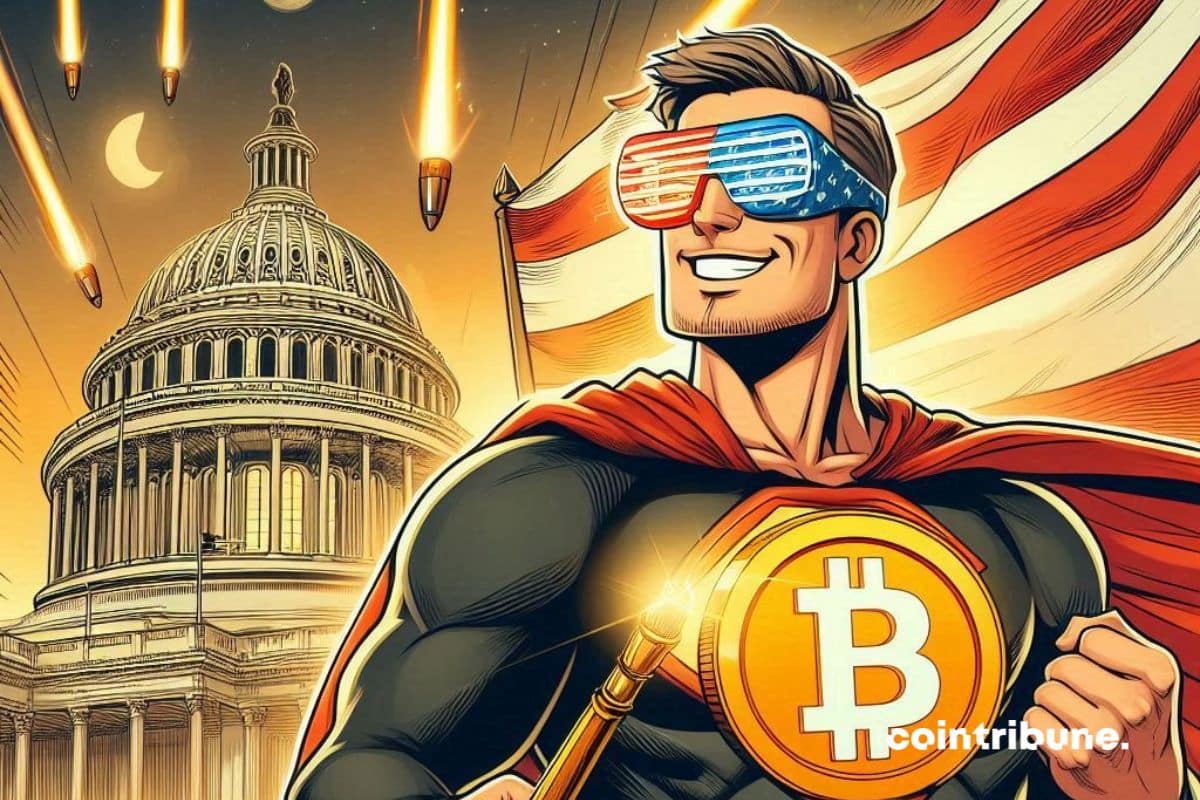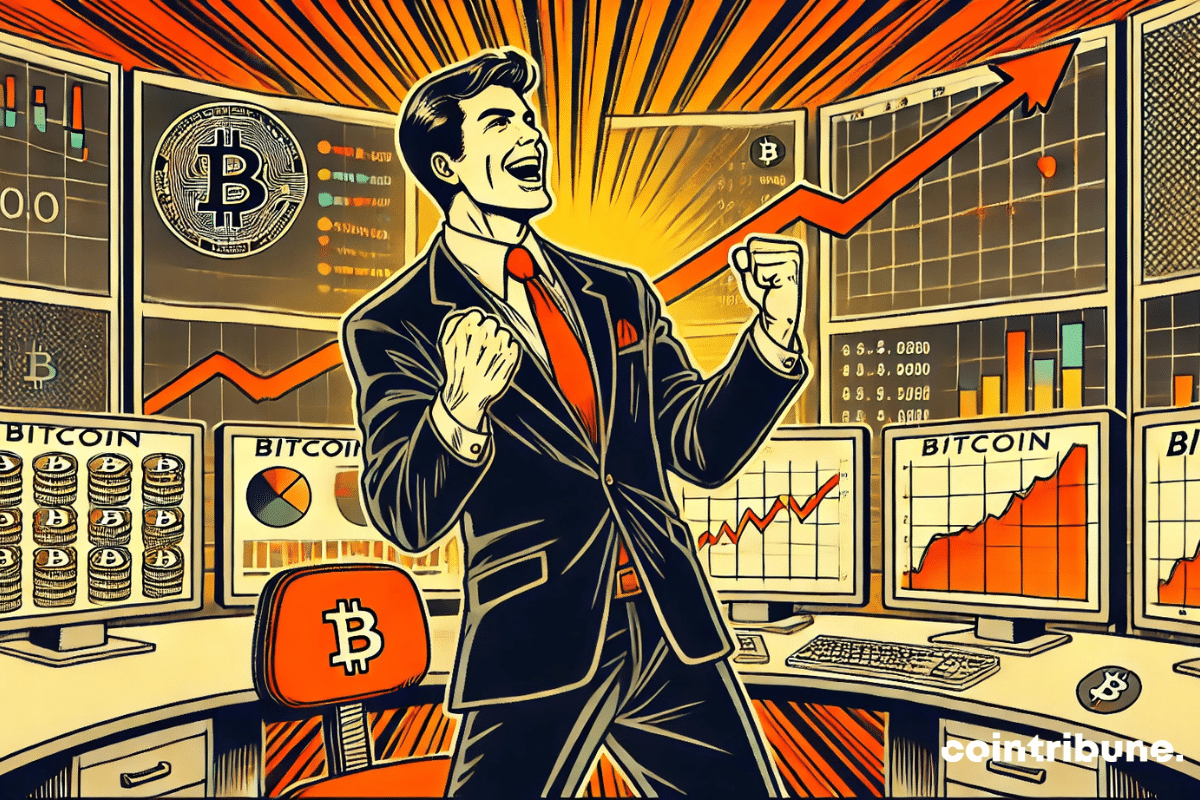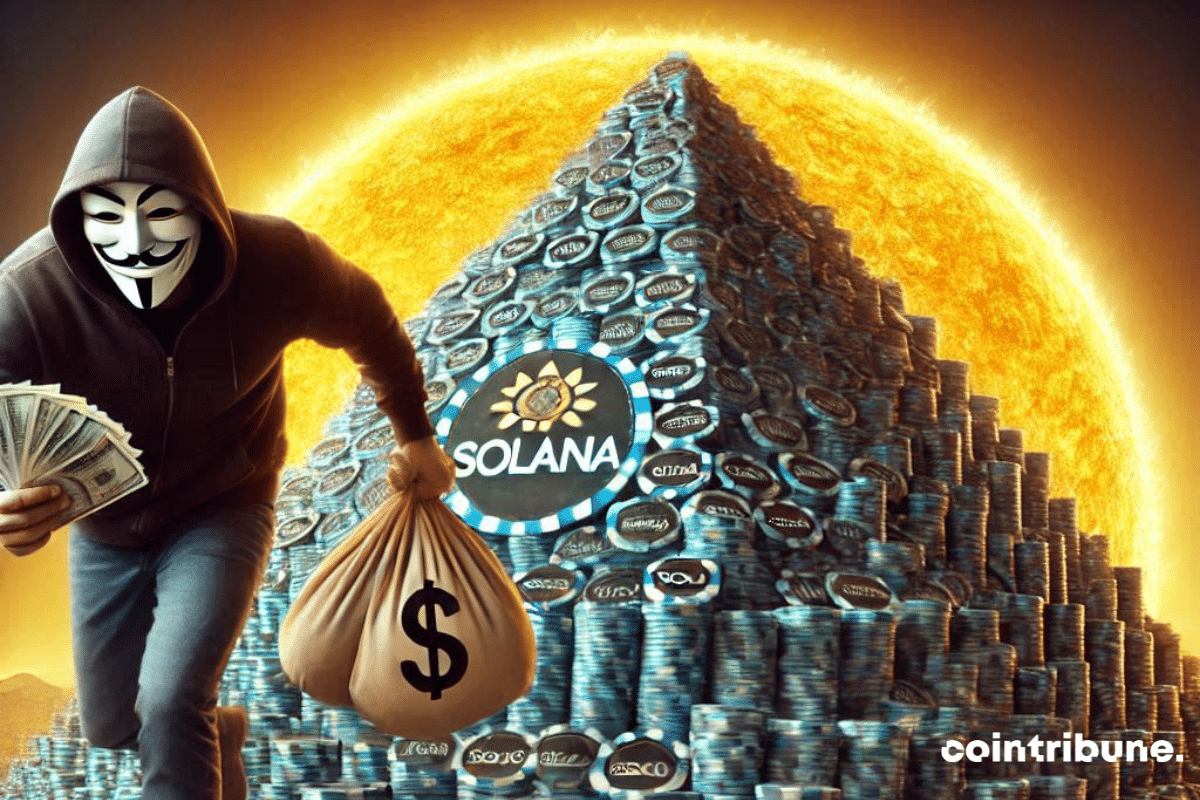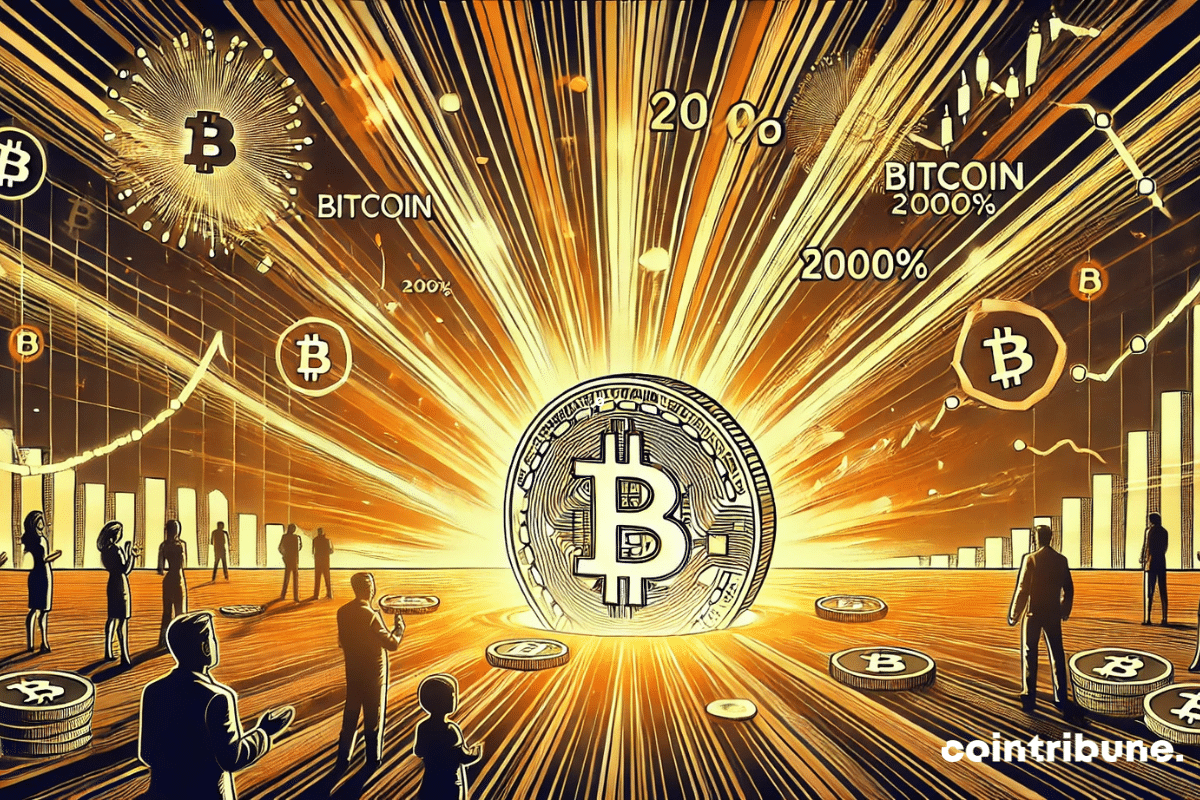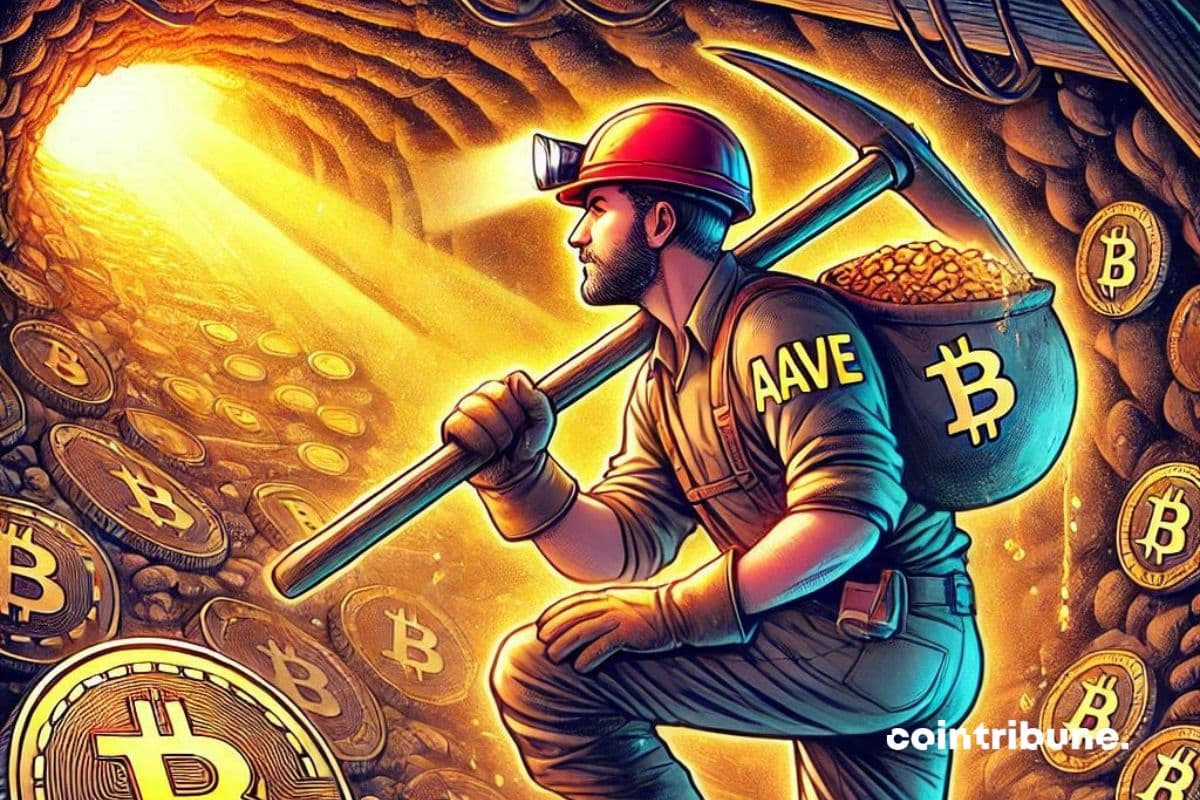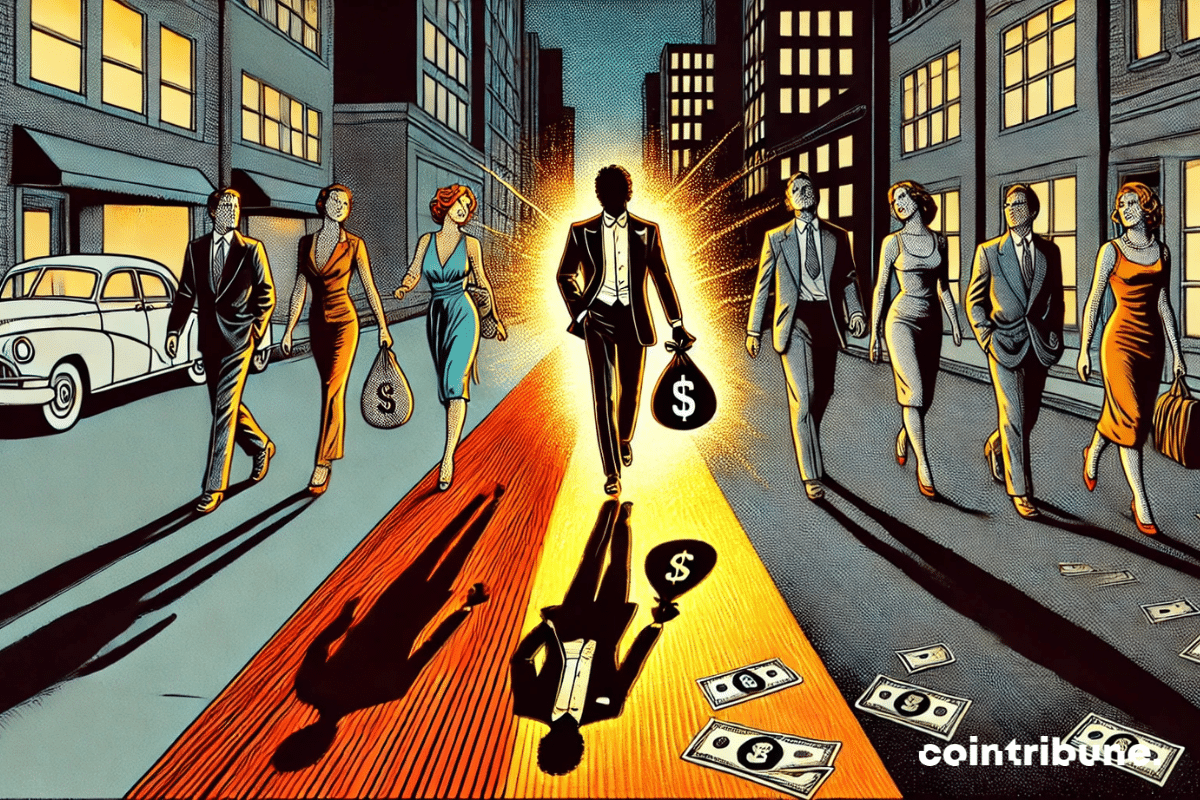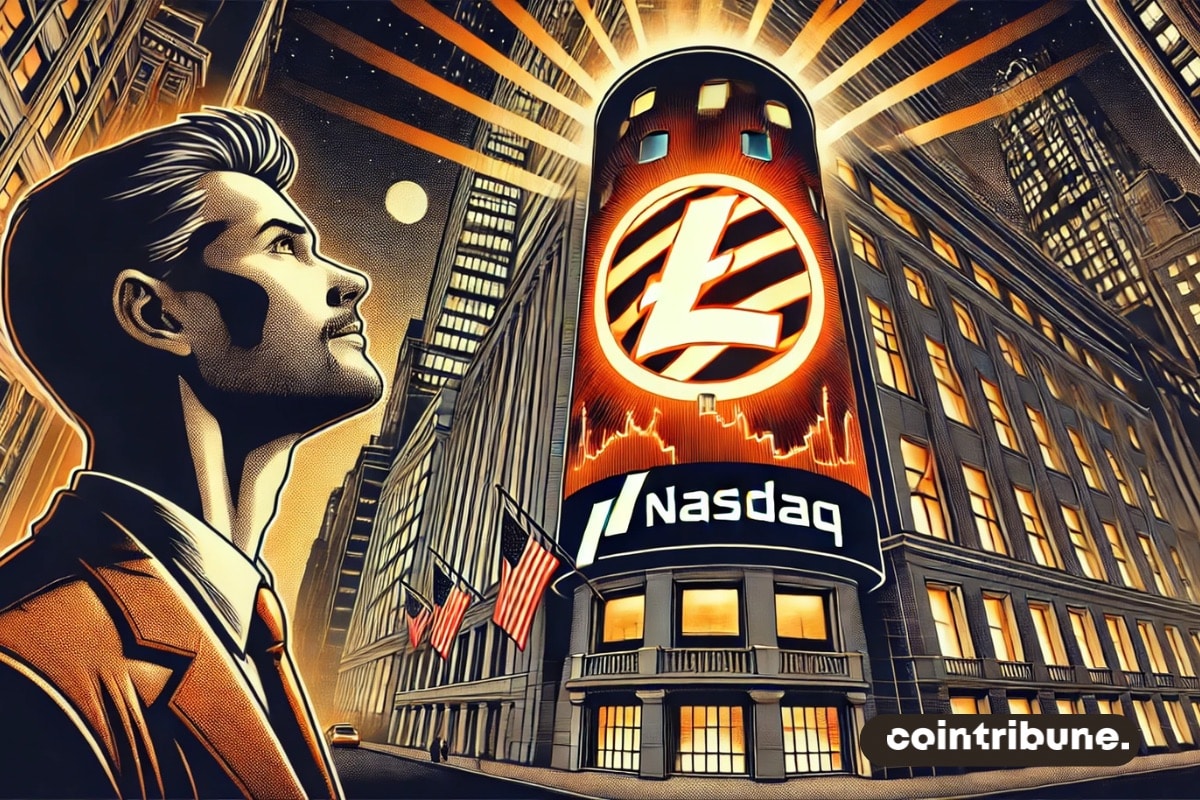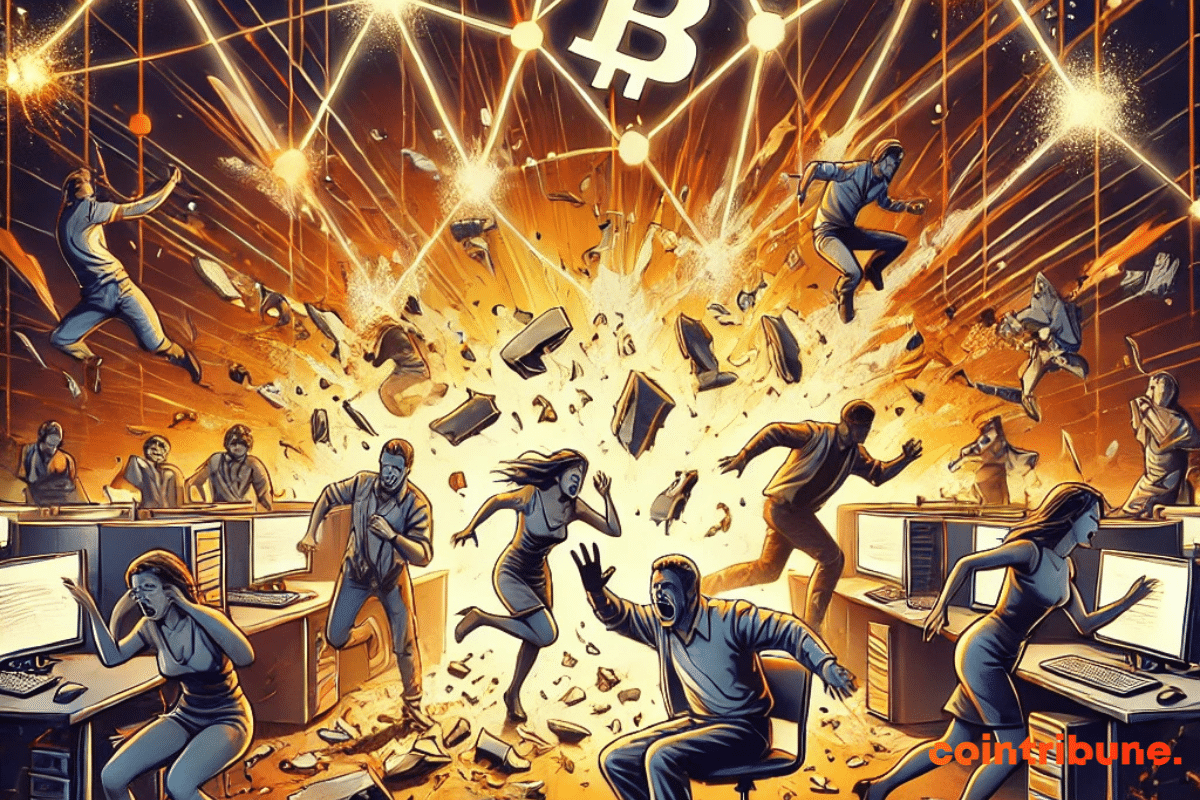Between provocative slogans and economic ambitions, Musk imposes his MEGA on the Old Continent, playing with algorithms to conquer an already weakened Europe.
Getting informed
Long regarded as a speculative asset, Bitcoin is gradually establishing itself as a strategic element in the management of national reserves. In the face of evolving financial markets and geopolitical tensions, several governments and central banks are considering its integration into their foreign exchange reserves. In the United States, a bill proposes the gradual acquisition of 1 million BTC over five years. In the Czech Republic, the governor of the central bank is exploring the possibility of diversification into crypto. Similarly, in Russia, policymakers are advocating for a strategic reserve in Bitcoin, while in Brazil, a project foresees an allocation of 5% of sovereign reserves to this asset. This movement represents a notable shift in the institutional perception of Bitcoin, which now transcends the framework of private diversification to become an economic and geopolitical issue. While El Salvador has already taken the leap, other countries are proceeding cautiously, hindered by the volatility of cryptocurrencies and regulatory uncertainties. Between experimentation and resistance, a new financial dynamic is emerging, suggesting a potential shift in balance within the global monetary system.
For the past two years, the French real estate market has been undergoing a deep crisis, fueled by soaring prices and difficulties in accessing credit. In response to this critical situation, François Bayrou, the Prime Minister, presented a set of measures aimed at revitalizing this vital sector for the national economy. Focused on tax incentives, increased support for construction, and regulatory adjustments, these proposals seek to address current challenges while considering social and environmental issues. While these initiatives spark hope for a rebound, they also raise many questions about their effectiveness and implementation.
The famous trader and technical analyst Peter Brandt claims that Cardano (ADA) has hit its lowest point and is about to enter a major bullish phase. This analysis comes as the cryptocurrency has remained above the symbolic threshold of 1 dollar for the first time in nearly two years.
The surprise promotion of a memecoin on Donald Trump's social media raises doubts in the crypto industry. As the TRUMP token reaches a market capitalization of $8.3 billion in just a few hours, experts are questioning the authenticity of the posts and the implications for the market.
The world of cryptocurrencies continues to shake up the codes of traditional finance. This time, it is the Swiss public bank PostFinance that takes a new step by making Ethereum staking accessible to its 2.7 million clients. A bold initiative that reflects a growing enthusiasm for digital assets in Switzerland…
Ethereum is establishing itself as a major focal point in a booming crypto market. Indeed, the open interest in its futures has reached a record high of 9 million ETH, revealing a growing appetite among institutional players. This trend is accompanied by signals that encourage, notably a resurgence of confidence among traders and more favorable economic prospects following the easing of inflation. In this context, a question arises: Is ETH poised to break the symbolic barrier of $4000, despite the challenges posed by volatility and global uncertainties?
Solana, a pioneer trapped in the courts, sees its ETFs muzzled. But in the meantime, the promises still shine.
Cryptos, once confined to expert circles and debates about the alternative they represent against traditional financial systems, are now stepping into the realm of public institutions. This evolution has gained new momentum thanks to Elon Musk, who posted a statement on the social network X (formerly Twitter) that was as brief as it was intriguing: "Now @DOGE will do this with government." Such a message, which propels Dogecoin to the forefront, fuels speculation about an unprecedented rapprochement between this popular crypto and government initiatives, thus opening up new perspectives for the crypto ecosystem.
According to a recent report by Galaxy Digital, 46% of venture capital funds in crypto were invested in U.S.-based startups in the fourth quarter of 2024. This trend has emerged despite an often hostile regulatory environment, highlighting the resilience and appeal of American businesses in the crypto sector. What will happen in 2025?
Mukesh Ambani, the richest man in Asia with an estimated fortune of over 100 billion dollars, has just taken a major step in the world of crypto. His conglomerate Jio Platforms, a telecommunications leader in India with over 450 million users, is launching JioCoin on the Polygon network.
Coinbase Premium Index rises: Discover the key factors and the impacts for the future of the flagship cryptocurrency Bitcoin!
Pump.fun, the kingdom of crypto, falls into the abyss: ethical scandals, imminent lawsuits, and ruined users. A saga where the glitzy turns dark.
Decentralized finance on Bitcoin (BTCFi) is experiencing unprecedented growth, with a total value locked (TVL) that has surged from 307 million to 6.5 billion dollars in 2024. This spectacular growth occurs against a backdrop marked by the successful launch of Bitcoin ETFs and the historic crossing of the $100,000 threshold.
The correlation of Bitcoin with the Nasdaq has reached its highest level in two years, exceeding 0.70 according to Bloomberg data. This synchronization occurs at a critical moment as markets hold their breath ahead of the release of the next American Consumer Price Index (CPI) report.
Tired of dusty retirements, 20% of Gen Z are opting for Bitcoin. Because aging, yes, but in blockchain, it's better.
The Aave community is exploring new avenues to increase its revenue by considering Bitcoin mining. However, discussions on the Aave governance forum reveal some skepticism among token holders.
The concept of wealth is complex to grasp, as it varies according to social, economic, and cultural contexts. Nevertheless, it generates constant interest in public debates. At what amount can one be considered wealthy? A recent study, based on data from the Bank of France and the criteria of the Observatory of Inequalities, provides a precise insight. It sets this threshold at 555,000 euros in net assets, far removed from the images of extreme luxury often associated with wealth. In fact, this figure, which concerns about 20% of French households, raises essential questions about wealth distribution and social inequalities. How does this definition influence our perception of wealth? And what are its implications for public policies and social justice?
The Nasdaq recently filed an application with the Securities and Exchange Commission (SEC) to list the Canary Capital Litecoin ETF. This initiative marks a significant step in the expansion of ETFs beyond Bitcoin and Ethereum. Now, Litecoin, a cryptocurrency known for its faster transaction speeds and lower costs, could be accessible to thousands of institutional investors.
Since January 2018, XRP had never reached such a high level, as it hit $3.20. This rebound comes as Ripple remains at the center of a legal battle with the SEC. However, this spectacular rise goes beyond a mere market surge. Driven by renewed optimism regarding more favorable regulation in the United States and the development of innovations like XRP-based ETFs, this cryptocurrency consolidates its position as a central player in the evolution of the sector. As institutional investors show increasing interest, XRP could become a key leverage for the future of cryptocurrencies.
In a world where energy shapes geopolitical power dynamics, the crisis plaguing Gazprom reveals the fractures of a once-unshakeable giant. A pillar of the Russian economy and a strategic instrument of the Kremlin, the company is facing a brutal decline in its revenues, exacerbated by the loss of its European markets and international sanctions. Now forced to cut its workforce in a historic manner, Gazprom finds itself at a decisive stage, where its strategic choices will determine not only its future but also that of the Russian economy.
Credefi, a decentralized finance platform, is revolutionizing the DeFi industry with its $xCREDI revenue sharing module and an ambitious roadmap for 2025. Discover how Credefi combines innovation, security, and investment opportunities to transform financial accessibility and offer unique benefits to its users.
The Securities and Exchange Commission (SEC) recently filed an appeal against the July 2023 decision regarding Ripple and its token XRP. This decision concluded that programmatic sales of XRP through crypto exchanges did not constitute securities transactions. The SEC argues that all sales of XRP, whether institutional or retail, should be considered securities under the Howey test.
The BRICS project to create a common currency is generating growing interest among economists and analysts, as it could redefine global financial balances. For decades, the US dollar has dominated as the main reserve currency, giving the United States substantial economic and geopolitical power. During their summit in 2024 in Kazan, Russia, the leaders of the BRICS intensified their discussions on establishing an alternative called "Unit," designed to facilitate exchanges within the bloc. This project fits into a broader strategy aimed at reducing their dependence on the dollar, in the context of increasing geopolitical tensions and economic sanctions. At a time when many countries are seeking to diversify their reserves and bypass the constraints imposed by the current monetary system, can this initiative truly shake the dollar's supremacy?
Under the reassuring glow of the CPI, Binance ignites: Bitcoin captures 500 million in two hours, crowning the crypto with a new hope.
A survey reveals that 60% of crypto investors are young and invest less than $10,000. All the details in this article!
Solana has long shone as a rising star in the crypto universe, attracting developers with its speed and low fees. However, a recent drop of about 10% in network activity is beginning to raise concerns. Does this decline mark a simple adjustment, or does it signal deeper troubles for this blockchain? Despite this setback, some experts continue to believe in Solana's ability to bounce back and reach the $230 mark again. While the crypto market is often unpredictable, the next steps will be crucial in determining Solana's future. Let's analyze the causes and consequences of this slowdown, along with potential opportunities.
David Lisnard, Mayor of Cannes, announced an ambitious initiative aimed at encouraging and training local merchants in the integration of cryptocurrencies for payments. This initiative is part of the city's Web3 strategy, which aims to modernize and invigorate the local economy. However, this initiative does not seem to please everyone and is receiving strong criticism.
In January 2025, Coliseum, a renowned Web3 gaming platform, announced the creation of a $2 million investment fund to support the development of blockchain-based games. This initiative aims to accelerate the growth of promising projects in the Web3 gaming field by providing not only financial support but also access to a vast network of players, marketing resources, and strategic expertise.
XRP, the shooting star of the crypto market, surpasses BlackRock, shakes up Bitcoin, and excites an army of speculators hungry for uncharted peaks.




